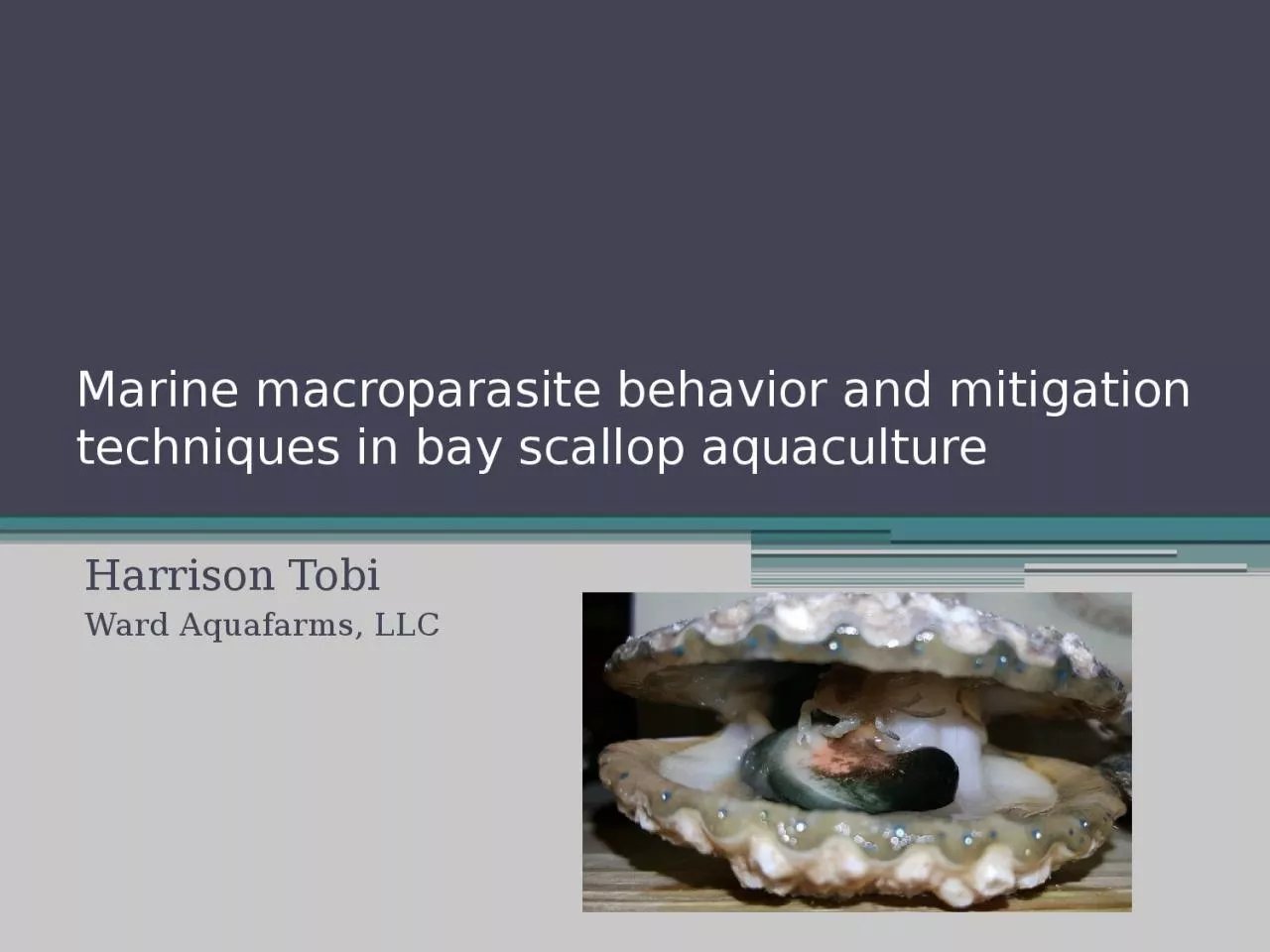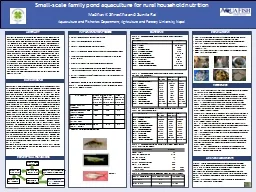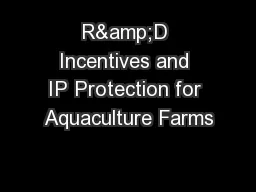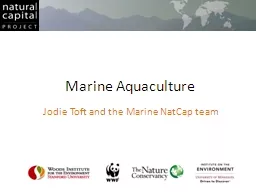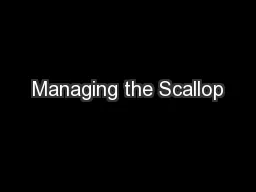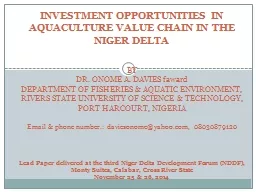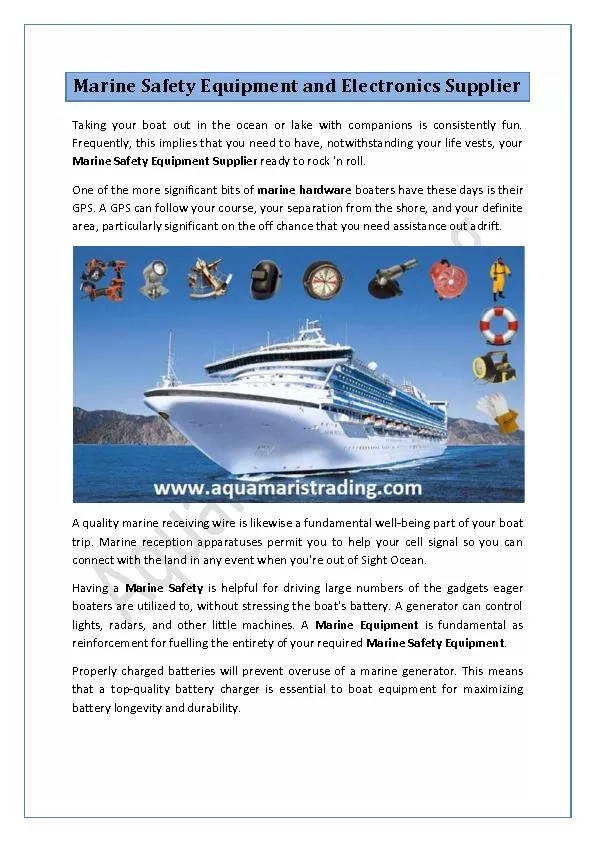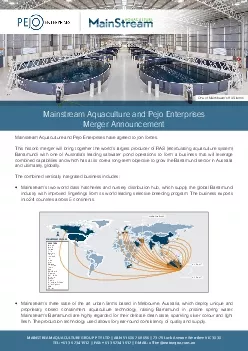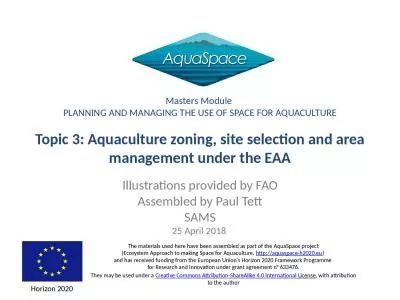PPT-Marine macroparasite behavior and mitigation techniques in bay scallop aquaculture
Author : lauren | Published Date : 2022-06-08
Harrison Tobi Ward Aquafarms LLC Bay scallop research Ward Aquafarms has been growing bay scallops for four years High prevalence of pea crabs and mud blister
Presentation Embed Code
Download Presentation
Download Presentation The PPT/PDF document "Marine macroparasite behavior and miti..." is the property of its rightful owner. Permission is granted to download and print the materials on this website for personal, non-commercial use only, and to display it on your personal computer provided you do not modify the materials and that you retain all copyright notices contained in the materials. By downloading content from our website, you accept the terms of this agreement.
Marine macroparasite behavior and mitigation techniques in bay scallop aquaculture: Transcript
Download Rules Of Document
"Marine macroparasite behavior and mitigation techniques in bay scallop aquaculture"The content belongs to its owner. You may download and print it for personal use, without modification, and keep all copyright notices. By downloading, you agree to these terms.
Related Documents

